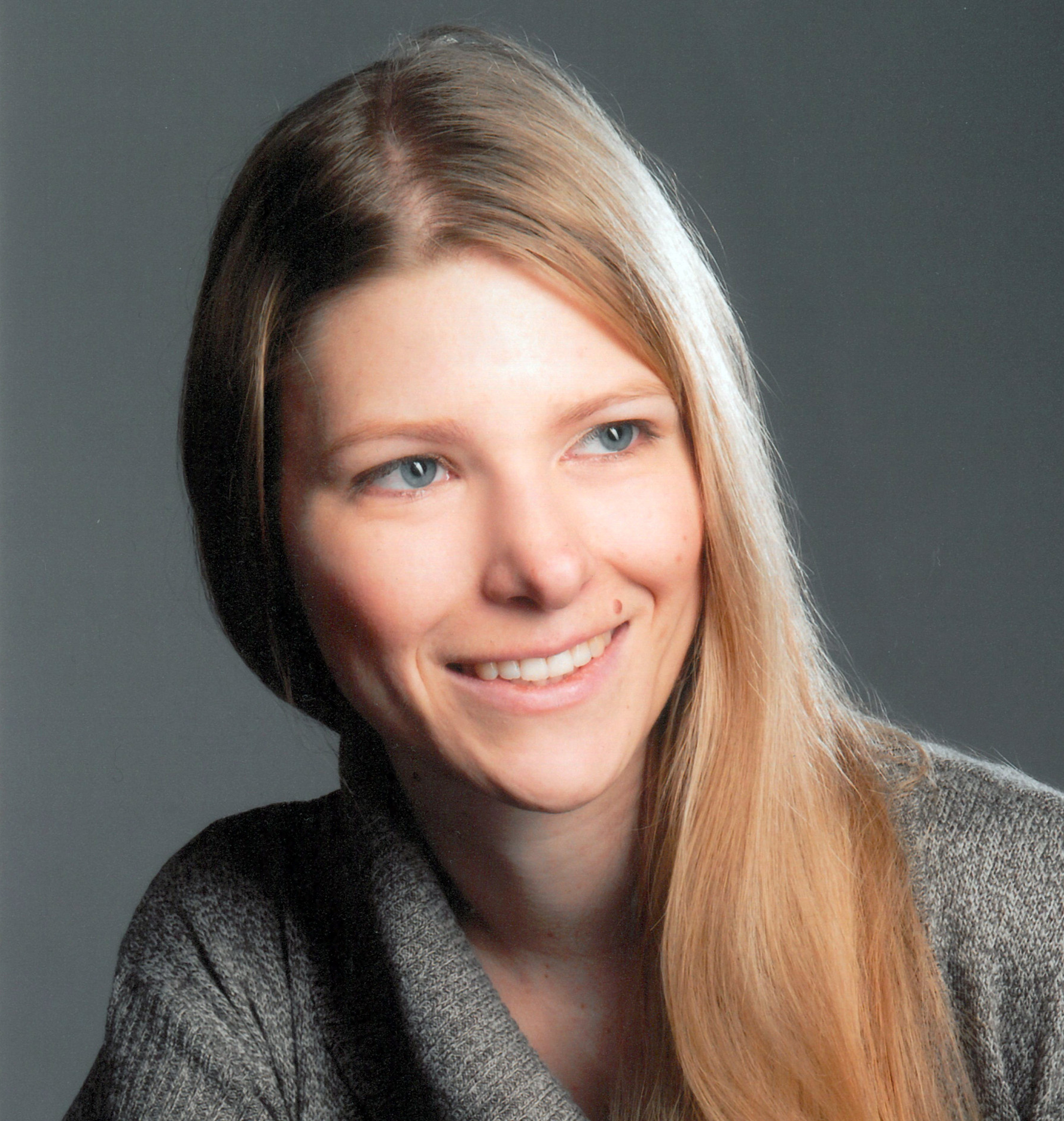2022-2023
Subducted Slabs, Mantle Plumes, and the Plate Tectonic Cycle
Earth's surface shows many features we can only understand through their connection with processes in the Earth's interior. Examples are the motion of tectonic plates, the break-up of continents, and volcanic eruptions. Because Earth's interior is largely inaccessible to direct observations, it remains a fundamental challenge to infer its complex dynamics and to explain how it shapes our planet. I will talk about how we can use computational models of the coupled system of plate motions at the Earth’s surface and convective flow in the Earth’s interior to better understand what drives plate tectonics, how material from the Earth’s surface is recycled through its interior, reaching the surface again as part of massive volcanic eruptions, and what processes control the formation of ocean islands.
Read the UF news release.
University of Hawaii Manoa - March 10, 2023 ♦ University of California Riverside - March 7, 2023 ♦ University of Ottawa - March 30, 2023
Can we (yet) predict how fast Greenland is going to melt?
The Greenland ice sheet has been losing mass in response to the rapid warming of the Arctic, and is contributing to sea level rise at an increasing rate. Fluctuations in ocean and atmosphere circulations are not only affecting the amount of melting and runoff at the ice sheet surface, they also produce acceleration, thinning and retreat of multiple outlet glaciers around Greenland. Numerical models are the best tools to assess the vulnerability of the Greenland ice sheet to climate warming and to make projections of the future of the ice sheet under different scenarios of CO2 emissions. Yet, predicting how fast the ice sheet will be melting has proven to be challenging, primarily because of (1) the lack of observations of basal conditions, which are critical boundary conditions in ice sheet models, (2) the poor knowledge of the bed topography and bathymetry in the vicinity of the ice sheet margin and (3) our limited understanding of calving dynamics. I will first present recent advances in inferring basal conditions under the ice sheet by combining surface observations with inverse modeling. I will then show how assimilating ice thickness and seafloor bathymetry data through a mass conservation approach made it possible to produce a new 150-m resolution topography map of Greenland’s bed, revealing the widespread presence of deep submarine ice-covered valleys. I will then show how this new dataset helps in turn to improve our ability to model ice front dynamics. I will focus on modeling the response of Greenland to ocean forcing by 2100. Finally, I will discuss some future research directions to further reduce the uncertainty of the contribution of the Greenland Ice Sheet to sea level rise.
Virginia Tech - March 17, 2023 ♦ Appalachian State University - March 11, 2023 ♦ South Dakota Mines & Technology - April 14, 2023


